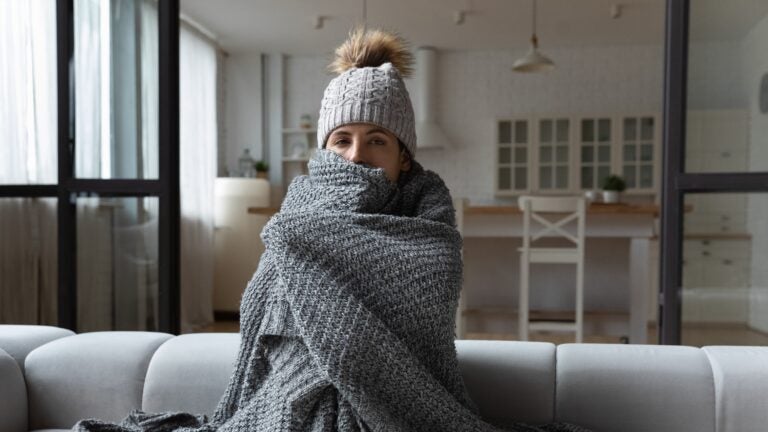Address Newsletter
Get the latest news on

Even if you were following the weather forecast, the fall-like temperatures we woke up to this morning were a rude awakening.
And as the winter months approach, it is important to prepare yourself, and your home, for the onslaught.
Without a properly insulated and weatherized home, energy bills can skyrocket with the increased use of heat. According to a Sept. 20 report from HOP Energy, 1 in 3 Americans struggles to pay electric bills.
To combat these rising electric costs, 1 and 4 Americans will be winterizing their homes, according to the report, and the most common steps are having your heating system inspected, insulating windows, cleaning gutters, and applying weather stripping.
Bill Stack, manager for energy efficiency at Eversource, offered tips for both renters and homeowners to reduce their energy costs this winter:
An energy efficiency expert can come inspect a home or apartment building and suggest modifications.
Eversource can do the cost-free assessments for both homeowners and renters. The expert would look at insulation levels, heating systems, thermostats, electronics, and appliances and send a personalized report.
Sealing windows is one of the most important ways to winterize a living space. Even if you can’t use sealant because of rental restrictions, at-home kits (available at hardware stores) can get the job done by applying a plastic lining across windows.
Make sure your heating vents are clear. This includes moving furniture and other obstacles to make sure the heat can reach the entire house.
Yes, you heard that right. Opening the shades on south-facing windows on sunny days can bring welcome heat. Close them at night to keep out the chill.
Insulation is one of the most crucial aspects of weatherizing a home. In older properties, spaces such as attics may not have enough insulation, which can let out significant amounts of heat, Stack said.
“A house that is not properly insulated is like leaving a window open all winter long,” he said. “No one wants to do that. So that’s why it’s critical that people have the right insulation levels to help make the living space more warm, more energy efficient, [and] save on energy usage and cost,” Stack said.
According to the U.S. Department of Energy, you can save as much as 10% a year on your heating costs by turning your thermostat back 7 to 10 degrees a day from its normal setting.
“The smaller the difference between the indoor and outdoor temperatures, the lower your overall cooling bill will be,” the Energy Department says on its website. “You can easily save energy in the winter by setting the thermostat to around 68 degrees Fahrenheit to 70 degrees Fahrenheit while you’re awake and setting it lower while you’re asleep or away from home.”
All the more reason to invest in a cozy blanket and a big coffee mug.
Get the latest news on
Stay up to date with everything Boston. Receive the latest news and breaking updates, straight from our newsroom to your inbox.
Conversation
This discussion has ended. Please join elsewhere on Boston.com